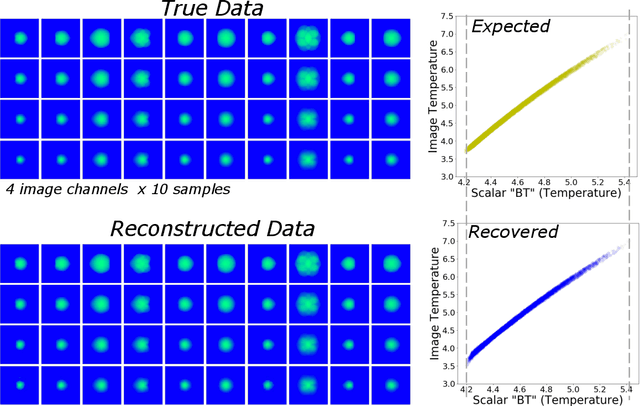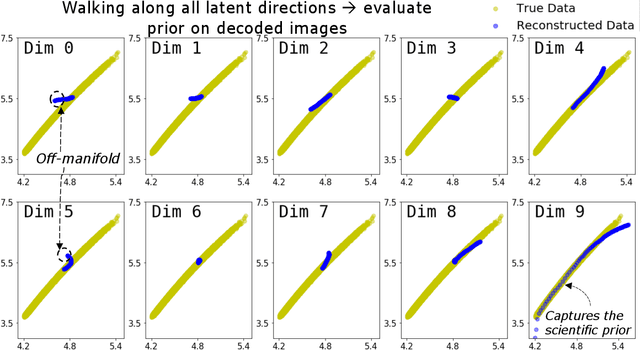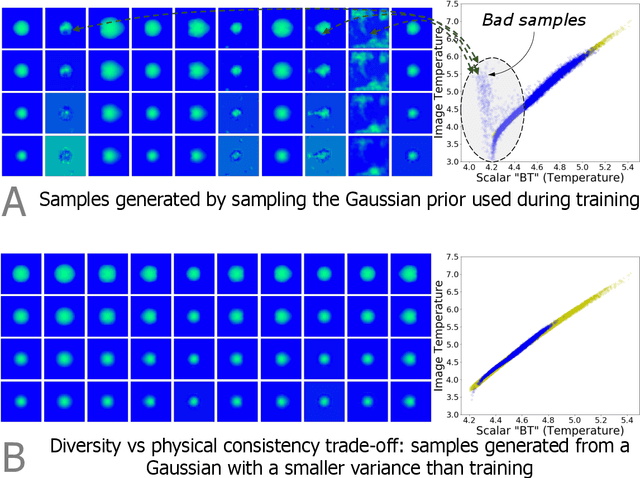Exploring Generative Physics Models with Scientific Priors in Inertial Confinement Fusion
Paper and Code
Oct 03, 2019


There is significant interest in using modern neural networks for scientific applications due to their effectiveness in modeling highly complex, non-linear problems in a data-driven fashion. However, a common challenge is to verify the scientific plausibility or validity of outputs predicted by a neural network. This work advocates the use of known scientific constraints as a lens into evaluating, exploring, and understanding such predictions for the problem of inertial confinement fusion.
* Machine Learning for Physical Sciences Workshop at NeurIPS 2019
 Add to Chrome
Add to Chrome Add to Firefox
Add to Firefox Add to Edge
Add to Edge